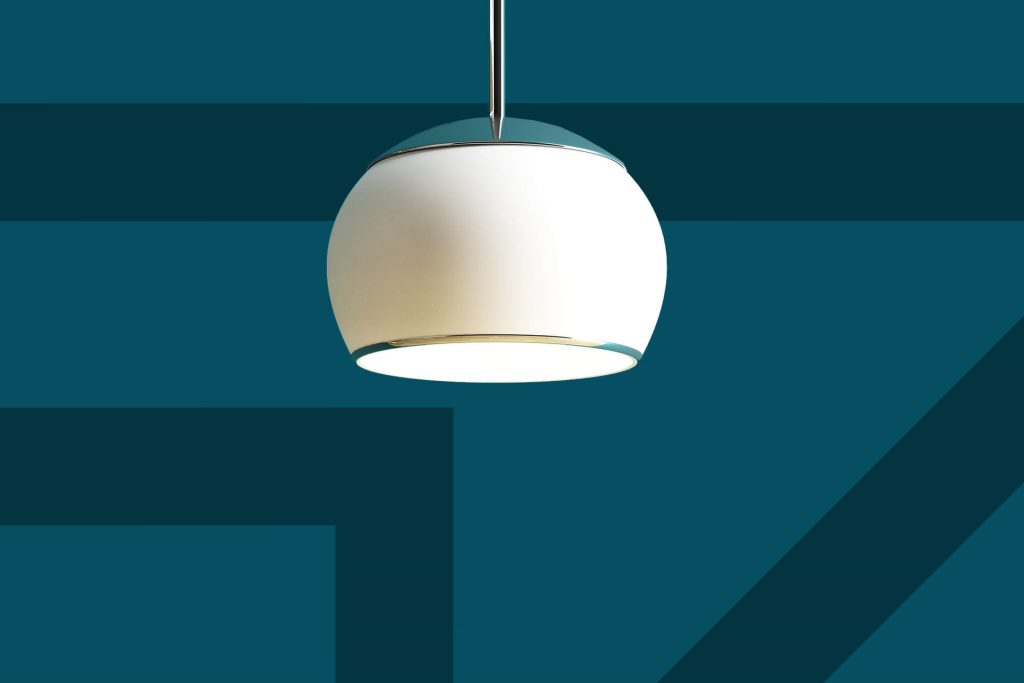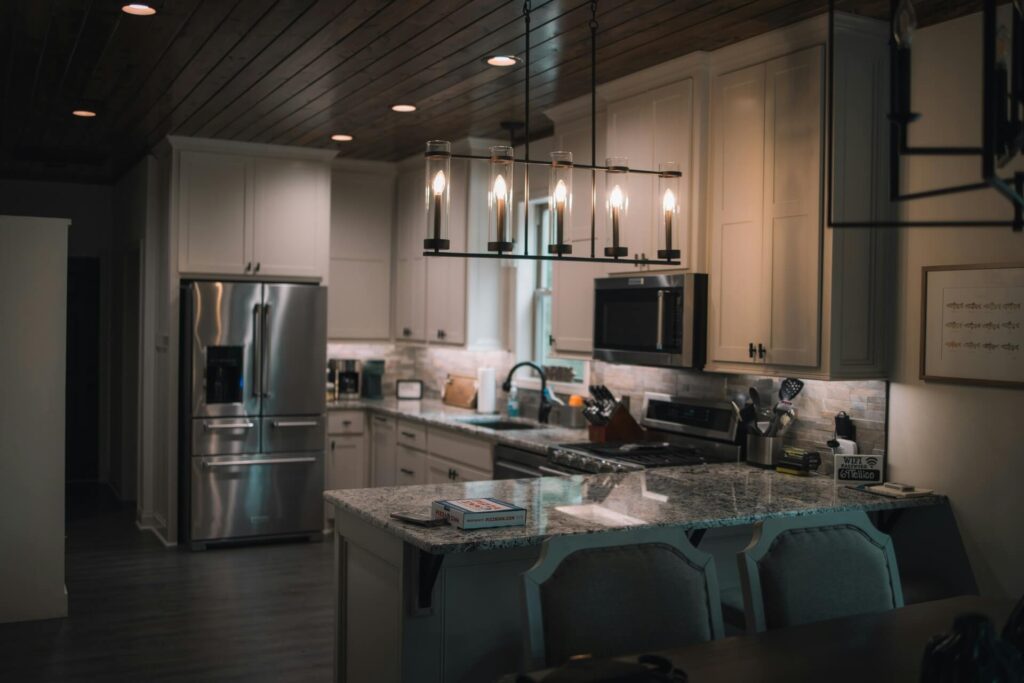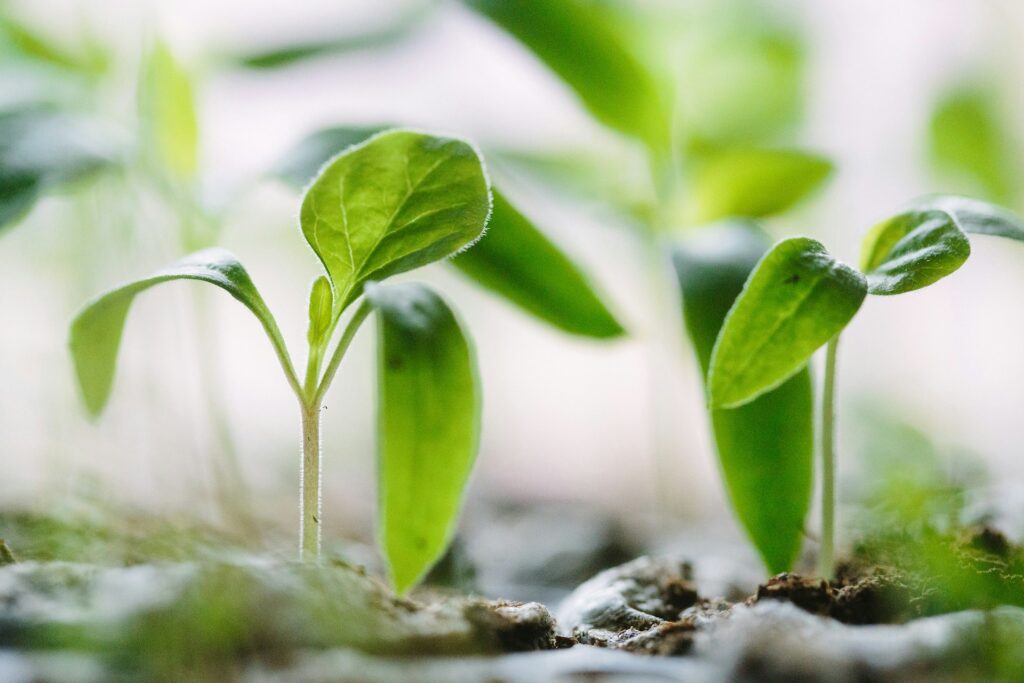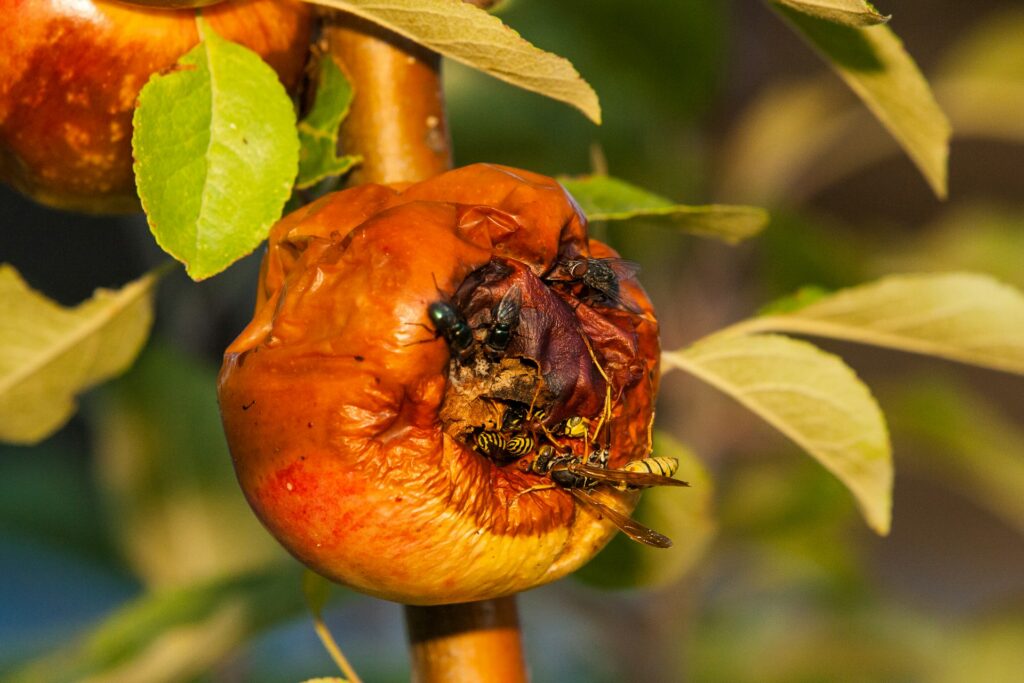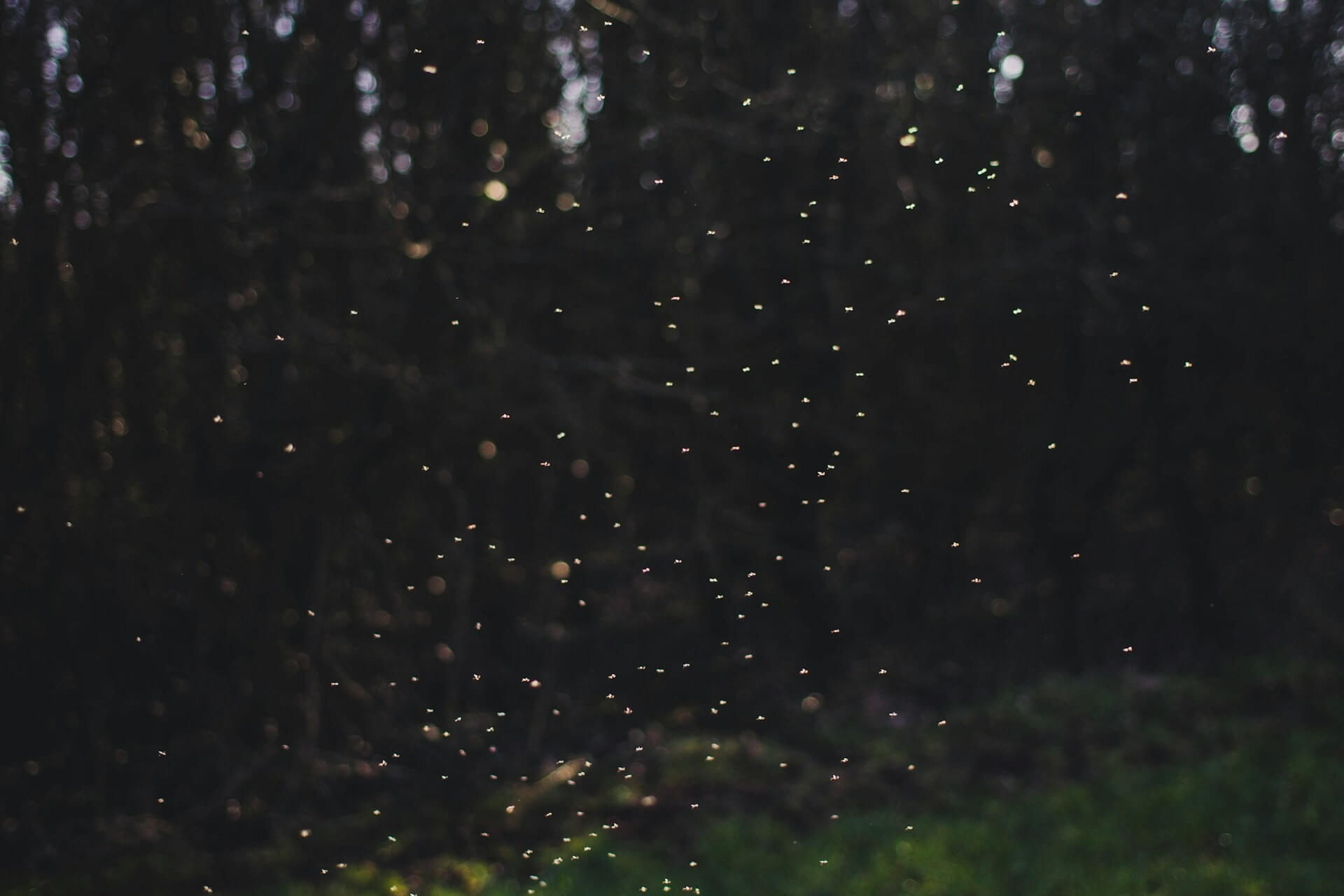
We are reader-supported. When you buy through links on our site, we may earn an affiliate commission.
As the mercury rises and windows open, an uninvited guest often makes its presence known. Flies can turn a relaxing summer day into a frustrating swat-fest, especially when they invade your home, outdoor gatherings or renovation projects. Finding a way to keep these pesky insects at bay is imperative. Knowing how to make a homemade fly trap can save you time and money, plus the headache of dealing with store-bought solutions that often rely on chemicals.
Why Are Flies a Problem in Summer?
There are over 18,000 species of flies in the United States alone, with the common housefly being the most prevalent in residential areas. These tiny invaders aren’t just bothersome — they can pose significant health risks by carrying and spreading illnesses to humans, including salmonella, E. coli and cholera.
Flies are more prevalent in summer due to several factors:
- Optimal breeding conditions: Warm, humid weather provides the ideal conditions for flies to reproduce rapidly. Their eggs hatch quickly, and larvae develop into adults within a short period.
- Increased food sources: Summer brings an abundance of food sources that attract flies. Decaying organic matter, garbage and food scraps turn into breeding grounds for flies.
- Warm weather activity: Flies are cold-blooded creatures, meaning their body temperature depends on the environment. Warmer weather increases their activity levels, making them more noticeable.
- Reduced natural predators: Some natural predators of flies, such as birds and insects, may be less active or abundant in summer, allowing fly populations to grow unchecked.
These factors create a favorable environment for flies to thrive during the warmer months.
Step-by-Step Guide: How to Make a Homemade Fly Trap
Beforew you dive into the practical steps on how to make a homemade fly trap. But first, you need to gather essential materials. Luckily, these DIY crafts are surprisingly easy to make and require only a few basic materials that you probably already have at home:
- Plastic bottles, preferably 2-liter soda bottles.
- Apple cider vinegar to attract the flies.
- Dishwashing soap.
- Sugar, honey or syrup to provide the sweetness to lure flies. Strongly scented fruits like watermelon, bananas and berries also work fine.
- Black paper.
- Scissors or a sharp knife.
- Tape.
Here are three simple yet effective designs you can make at home:
The Classic Trap
Cut the top third off a clean, empty plastic bottle. In the bottom part, mix:
- Half a cup of water.
- A quarter cup of apple cider vinegar.
- One tablespoon of sugar.
- A few drops of dish soap.
Then, invert the top part to create a funnel and place it inside the bottom part. Secure the two parts with tape.
Place this trap in areas with high fly activity, such as kitchen counters and near trash bins. The sweet smell attracts flies, but once they enter and touch the liquid, the soap breaks the surface tension, causing them to sink.
You can also achieve the same results by filling a shallow dish with vinegar and adding a few drops of dish soap. Simply wrap the dish tightly with cling film and poke small holes. The vinegar’s scent lures flies, but once they enter through the gaps, they can’t escape.
If you don’t have apple cider vinegar handy, other natural fly attractants like fresh fruit will do.
The DIY Sticky Paper Trap
For this version, cut strips of black paper about 2 inches wide and 1 foot long. Coat one side with honey and water mixed in a 3:1 ratio and hang these strips in fly-prone areas. The dark color attracts flies, and the sticky coating traps them. This method is particularly effective in barns and outdoor areas.
Troubleshooting Common Issues
If your traps aren’t catching flies:
- Check the bait’s freshness.
- Ensure the trap is placed in a high-traffic area for flies.
- Try a different type of bait or trap design.
Maximizing the Efficiency of Your DIY Fly Traps
You can apply a couple of strategies to enhance the efficiency of your DIY fly trap. These include:
Using the Right Bait
The success of your fly trap heavily depends on the bait you use. Stick with popular options like ACV, sugar, and dish soap. However, don’t be afraid to experiment with other attractants like ripening fruit, beer or wine.
Refresh the bait and clean the trap regularly to keep the scent strong and appealing. This will ensure the flies keep coming.
Optimize Placement
Where you place your fly snare significantly impacts its performance. Position your traps in high-activity areas, such as near compost piles or stored food sources, but avoid direct exposure to wind, which may blow flies away.
Keep traps out of food preparation zones to minimize contamination. Use multiple traps around your space to catch flies from all directions for maximum effectiveness.
Adjust Trap Design and Add Visual Lures
Enhance your trap’s design by securing the funnel properly to prevent flies from escaping. Consider adding reflective tape or using dark-colored bottles, as flies are attracted to specific visual cues. These minor adjustments can make your trap more appealing and improve capture rates significantly.
Monitor, Adapt and Maintain
Regularly monitor your traps and adjust their placement, bait or design as needed. If one type of lure or location is particularly successful, replicate it elsewhere. Flies may respond differently after the season, so be prepared to tweak your strategy to maintain optimal effectiveness.
Natural Repellents to Complement Your Traps
While learning how to make homemade fly traps might be the solution you’ve been looking for, prevention is equally important. Consider these complementary natural repellents to help keep the fly population low:
- Grow fly-repellent plants like basil, lavender and marigolds around your property.
- Place fly-repelling essential oils around your trap’s location to help steer flies into the bait zone. You can also use eucalyptus, mint and tea tree oils.
- Create a DIY fly spray with water and essential oils like peppermint or eucalyptus.
- Keep your yard free of standing water and overripe fruit.
- Keep garbage bins tightly sealed at all times.
- Install fly screens on windows.
Environmental and Health Considerations
One significant advantage of learning how to make DIY fly traps is the reduced environmental and health impact compared to chemical insecticides. To uphold the eco-friendly benefit of using homemade insecticides, ensure you discard the “used” contraption safely.
To dispose of your traps, seal them in a plastic bag and place them in an outdoor trash bin. Wash your hands thoroughly afterward. You can save the cut plastic bottle and makeshift funnel for next time.
Keep Flies Away This Summer
Knowing how to make a homemade fly trap is a valuable skill you can use to maintain a fly-free environment. These snares are easy and affordable to create and provide a safe, eco-friendly alternative to chemical-laden options. So grab your materials and get started — your fly-free summer awaits!


